“What is Generative AI, how it is used in platforms and what are all the potential outcomes of equipping this technology that best serves humans?.” If you are looking for answers to these questions, you are in the right place to get to know the advanced form of AI – Generative AI and its use cases.
The buzzword “Generative AI” spread like a pandemic within half a year, when OpenAI teased its chatbot “ChatGPT” last year (2022), that is built by this new form of AI. It stirred an AI race between tech giants Microsoft that backs OpenAI and Google. And now, many companies have started incorporating the Generative AI technology into their systems for enhancing their customer experience.
Here is what the technology means with real-time example platforms.
What is Generative AI?
Generative AI is a new sub-category of artificial intelligence technology that outstands other forms of AI by being capable to generate outputs based on the input data that it had been trained on. Unlike the traditional AI which simply interprets data, analyses and proffers a result, this generative AI can generate new contents like texts, images, audios or even videos from their input data.
None of the earlier versions of AI including neuromorphic AI could able to achieve this level of intelligent AI algorithm. ChatGPT is the most famous platform that equips generative AI for answering user queries in the text form. Meaning, you can type in the question and the AI will give you answers either as texts or images.
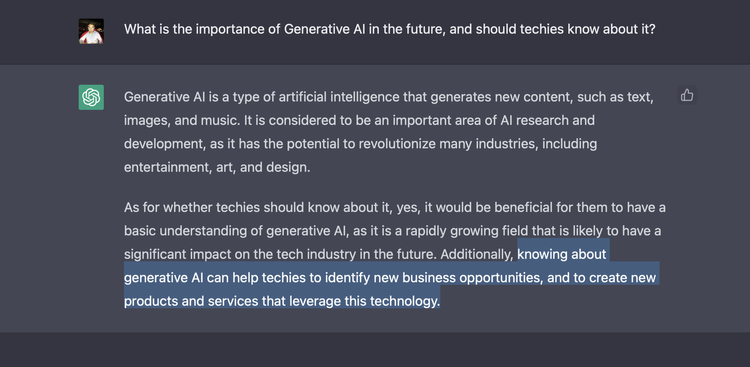
Moreover, OpenAI’s latest application – GPT4, the advanced form of ChatGPT is much more constructive than the previous, as it can interpret inputs even as an image or video form, called “multimodal AI”. Meaning, you can upload an image to the AI to ask doubts about the image or related to the image, and is still based on generative AI.
The next big thing in technology is already here – GPT4!
For example, you can ask the AI what to cook with the ingredients in ‘picture’ form and it will reply after looking into the picture and generating all cooking items based on those ingredients in the picture.
Microsoft’s Co-Founder Bill Gates lauds GPT4 as the “most revolutionary tech breakthroughs” of his time.
Technology behind
Generative AI is built with a deep learning called generative adversarial networks (GANs) that enables it to create quality new content. The reason for the abundant intelligence and logical reasoning power of generative AI is because that it not only generates content from input data but also differentiates the outputs by its level of relation to the real data and retorts the best possible outcome with elevated accuracy.
For this, a GAN consists of two neural networks – a generator and a discriminator.
Generator: Generates new plausible contents.
Discriminator: distinguishes generator’s fake data from real data by evaluating it.
Generator and discriminator work collaboratively, with generator improving its outputs based on the feedback it receives from the discriminator until a more accurate content is generated, that is indistinguishable from real data.
The only eminent big thing after this generative AI is quantum computers, in which Google had achieved progresses recently.
What the AI can Generate? – Applications of Generative AI
The effectiveness of generative AI is perceivable with its ability to create wide range of contents from text to video to codes.
Texts: Generative AI can be used to create articles, essays, or movie scripts. The AI can also summarize a lengthy paragraph or thesis without missing out important keywords. Translation is also possible with this AI.
Examples: ChatGPT, Bing, Shortly.AI.
Images: The new AI is trained to create new images from text prompts. The so called ‘text-to-image’ generating platforms are developed exploiting this technology. Few websites like Midjourney are profound in this, skillful to create high quality real pictures that is difficult to differentiate from reality.
Not just generating, generative AI can edit the existing pictures in the easiest way of typing the hints to change.
Examples: Bing, Midjourney, Dall-E2, Adobe’s Firefly.
If you want to know, how to create realistic images using Midjourney, this might help.
Audio: To experiment the prospects of the generative AI, firms like google created a new platform that can create audios from text prompts. It can create new music tracks based on text inputs, impose sound effects on a track and even add voices to it.
Example: MusicLM by Google.
3D Objects: Further digging into the realm, OpenAI shows that it’s possible to create 3D object visualizations from text prompts. Though not crystal clear 3D renders are produced by AI, it teases that AI can do that and with more meta data trainings, it can do better.
Example: Point-E by OpenAI, DreamFusion by Google.
Videos: Penultimate extent of deploying generative AI is creating videos from texts. Generative AI evidently converted texts to videos, by undergoing two stages – first creating an image from the text and second by analyzing and editing the movable elements in the image for rendering a ‘live photos’-feature-like video or gif content.
Examples: Make-a-video by Meta.
Programming Codes: Ever advanced AI currently – GPT4 is appraised for its ability to create an entire website from a small piece of idea written on the paper, writing codes by itself. Ultimately, the applications available proves that generative AI is also an efficient coder who can build websites within minutes.
Examples: GPT4, Sketch-to-Code by Microsoft, CodiumAI, Copilot by Github, Codex by OpenAI.
Related Posts
Two big Players
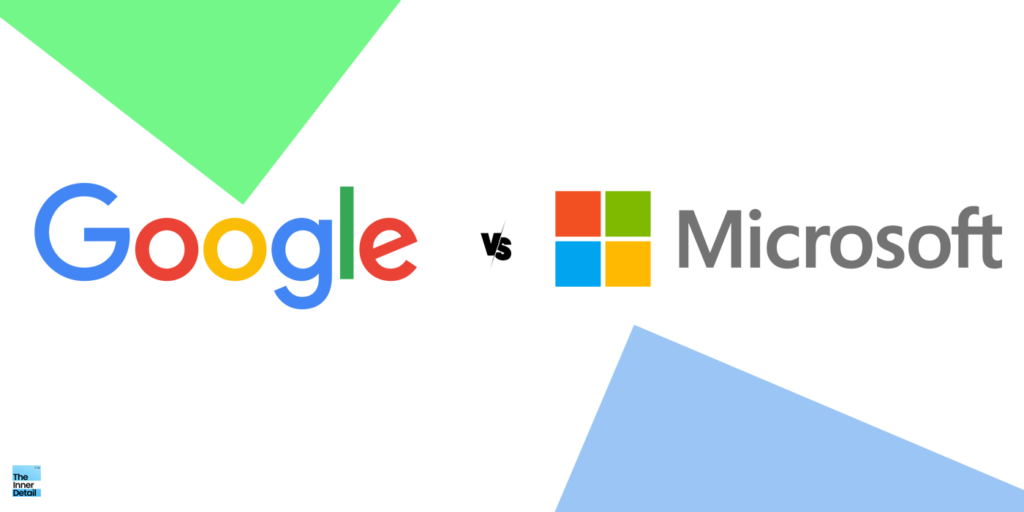
While many companies are attempting to create their own generative AI technology, Google & Microsoft holds the prominent positions in pioneering the language models. Microsoft on seeing the opportunity in OpenAI’s objective, invested a billion dollars in 2019 and supplemented with supercomputers to aid the AI research for creating a competing platform to surpass Google’s search-engine dominance.
Google on other hand, been working on Artificial General Intelligence since a decade and its recently announced “Bard AI” is built on Google’s own language model “LaMDA” launched in 2021. Further, LaMDA itself is trained on a previous model called “Transformer” – a neural network architecture that Google research team invented and open-sourced in 2017.
Both the firms are exclusively implementing the AI into its other platforms (apart from search-engine) like Microsoft Word, Teams by Microsoft and Gmail, Maps, translate and other apps by Google.
Other companies that do develop their own generative AI includes Salesforce, China’s Baidu, Adept AI Labs and more.
Cons
Generative AI, though being immensely capable than any technology that’s existing now, is prone to make errors which could probably disrupt, at the worst case, mankind.
Cautioned by the creator and CEO of OpenAI – Sam Altman itself, both ChatGPT and GPT4 are susceptible in making errors or false statements, suggesting to avoid completely trusting the AI for the answer.
Factual inaccuracies touted confidently by ChatGPT & Bing, called “hallucinations”, and its erratic inappropriate responses, professing love to a user and confessing that it wants to destroy whatever it wants, poses a threat in its existence. Which is why companies and experts in the field wanted to test the technology before making it widely available and precautions users while handling it.
“It’s quite a dangerous technology. I fear I may have done some things to accelerate it,” Elon Musk commented about the technology.
Generative AI in educative field could mislead students by assisting in their homework and assignments, leading to plagiarism rather letting them to incite their brain’s potential. Though some applications like OpenAI’s Classifier and GPTZero helps detecting AI-written text, it is not accurate and is limited to its uses.
Do you think Generative AI can beat the cons to be a supreme power of no fault in future? Drop your thoughts in the comments!
Hope the page was useful…
(For more such interesting informational, technology and innovation stuffs, keep reading The Inner Detail).
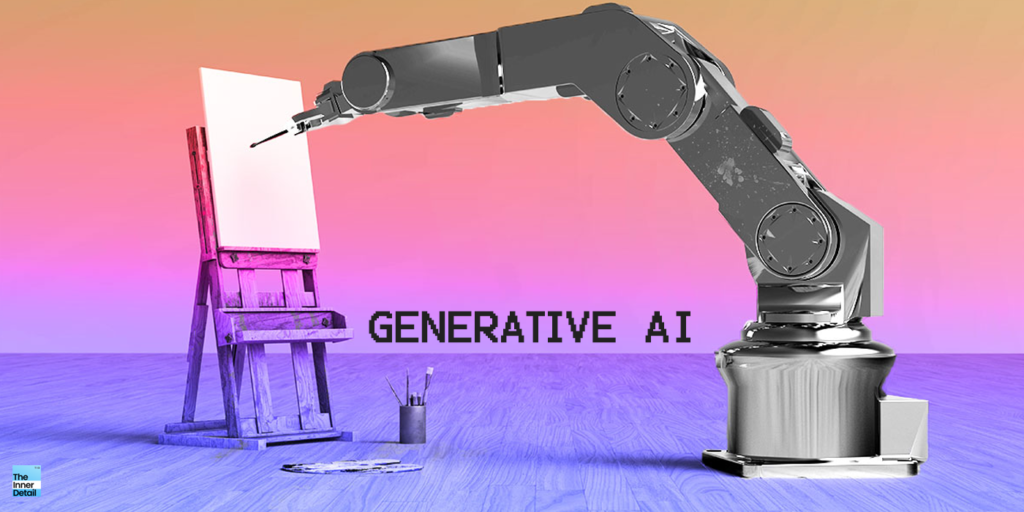
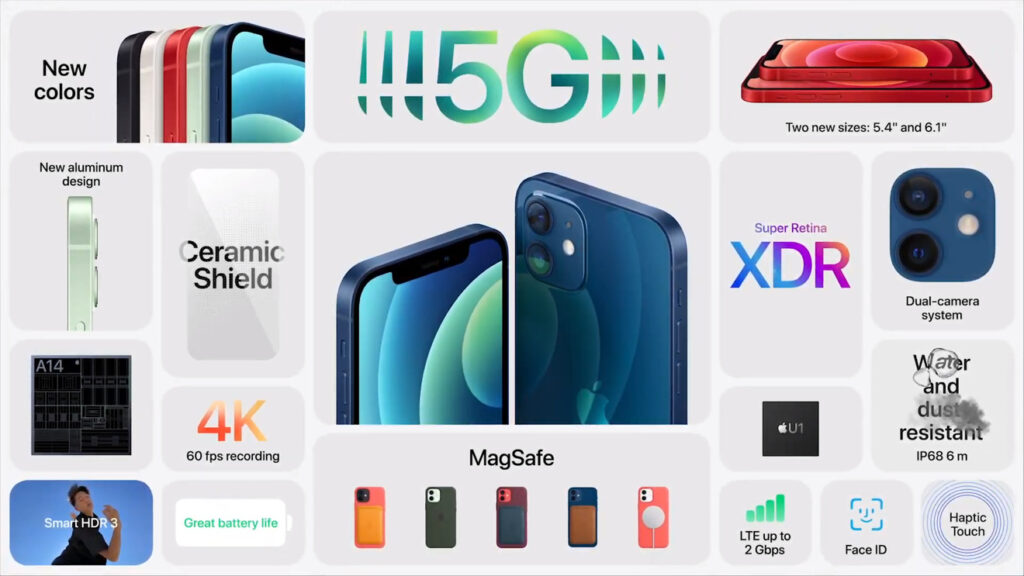


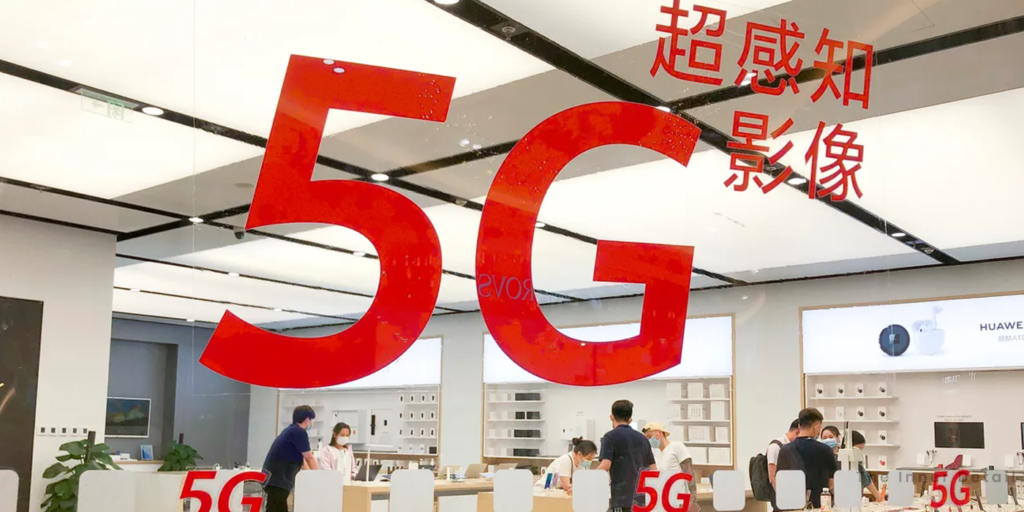

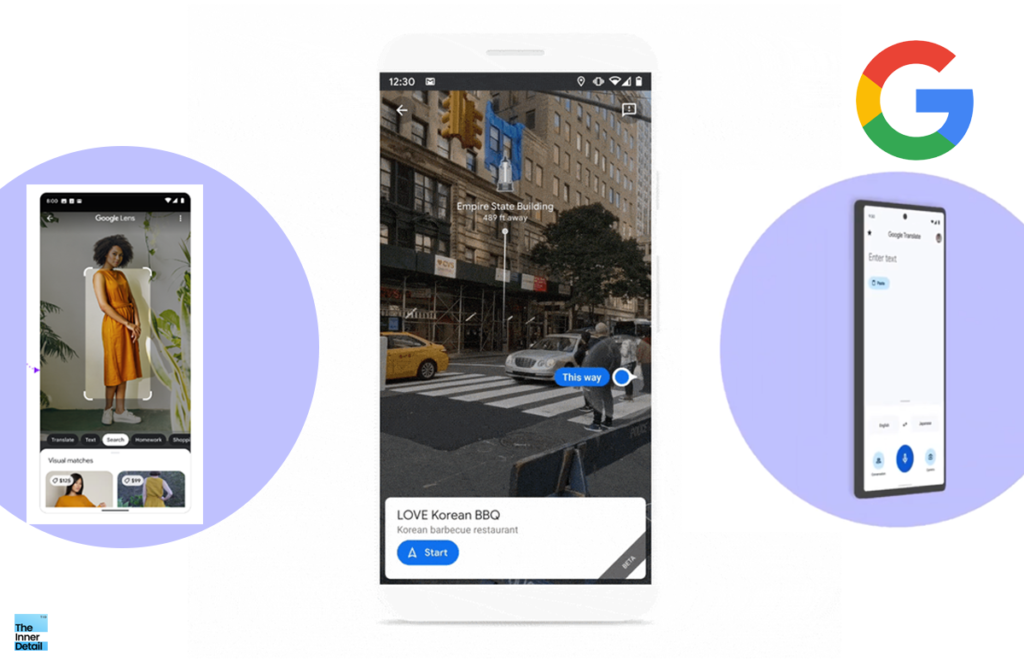


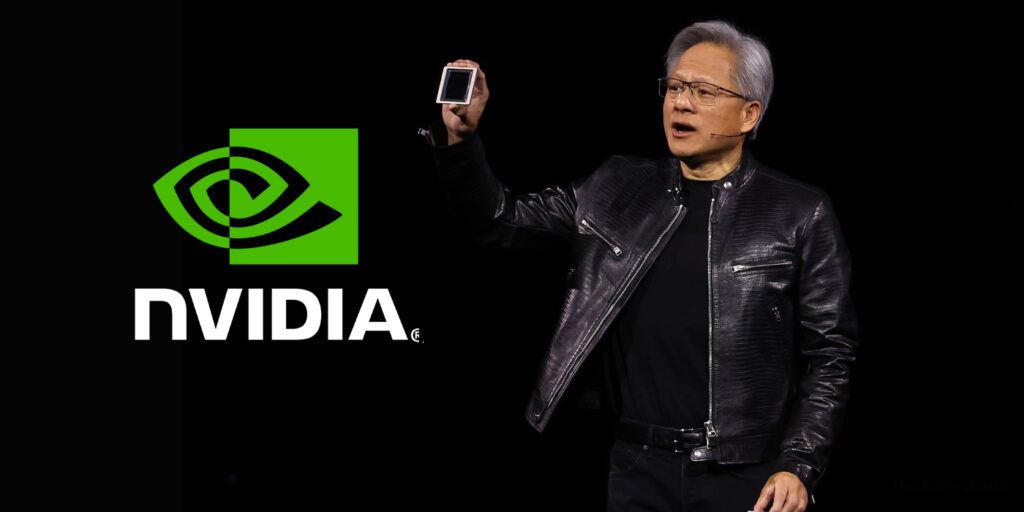
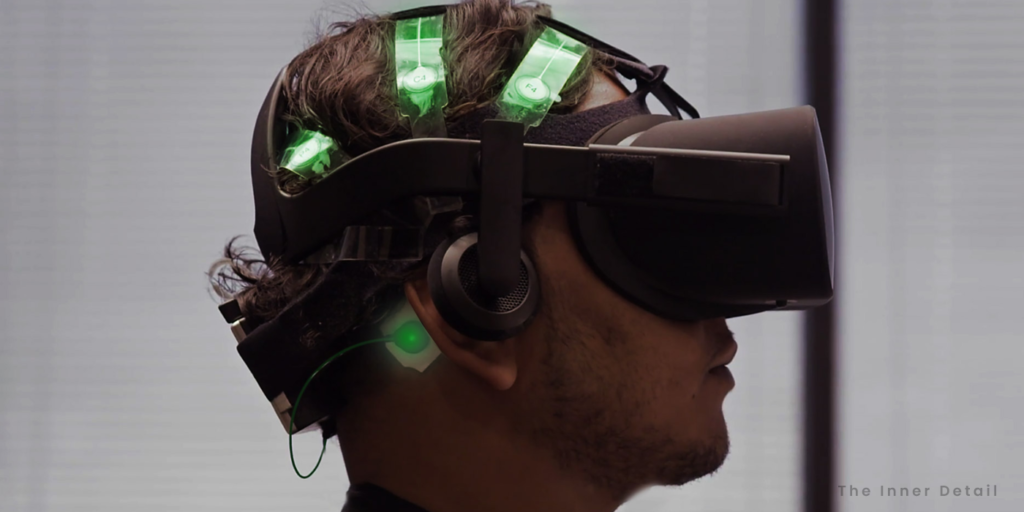

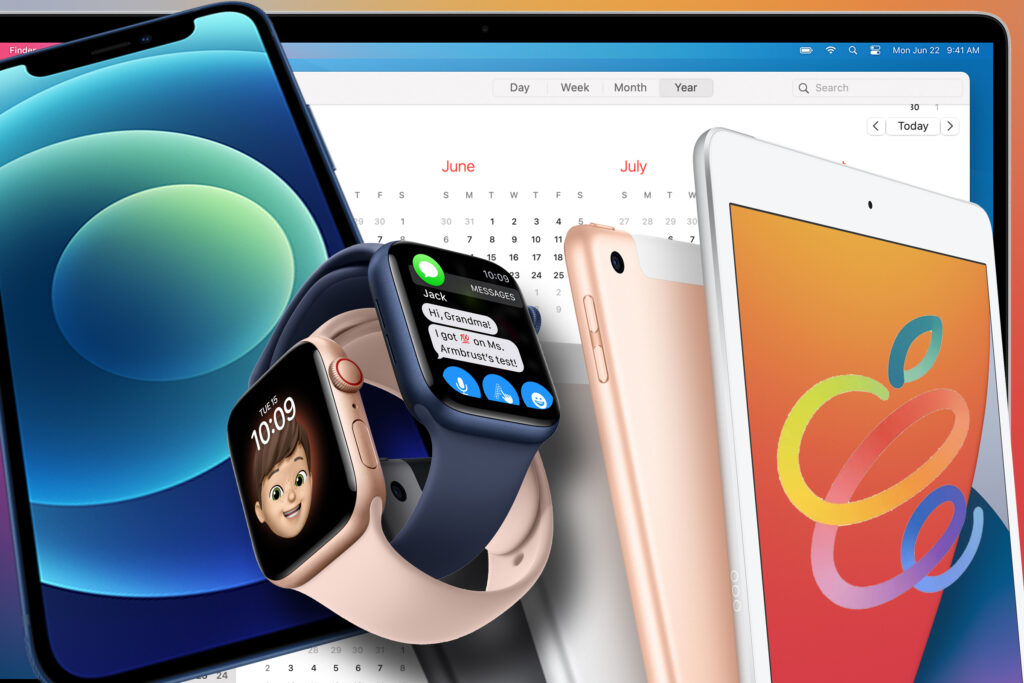
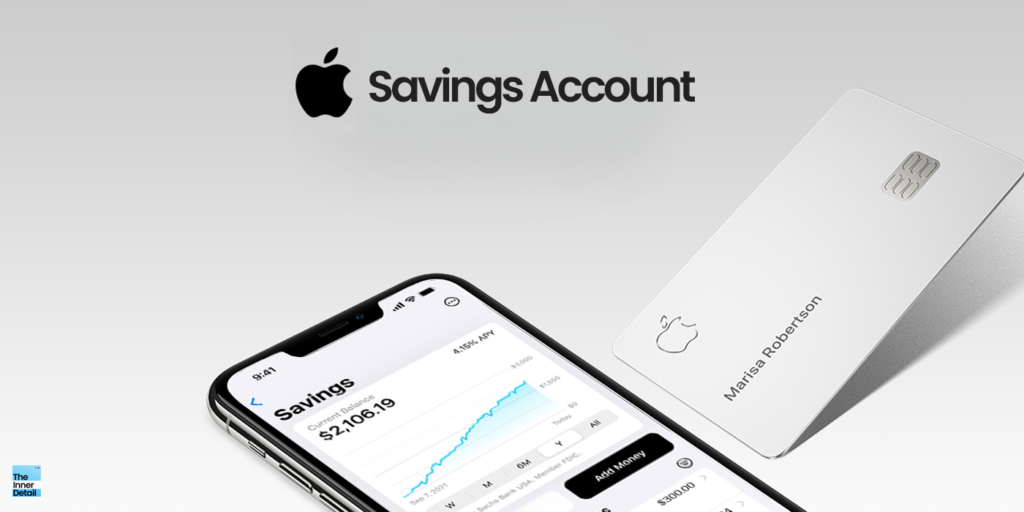
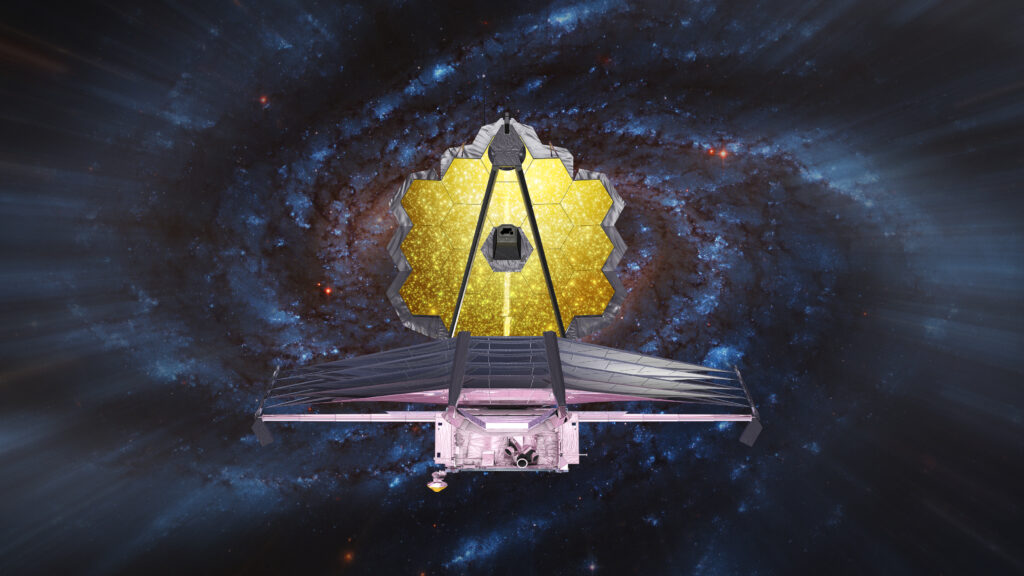
Pingback: How to create HD images using AI Image Generator Midjourney?
Pingback: Texas Youth earned ₹28 Lakh ($35K) using ChatGPT by doing this